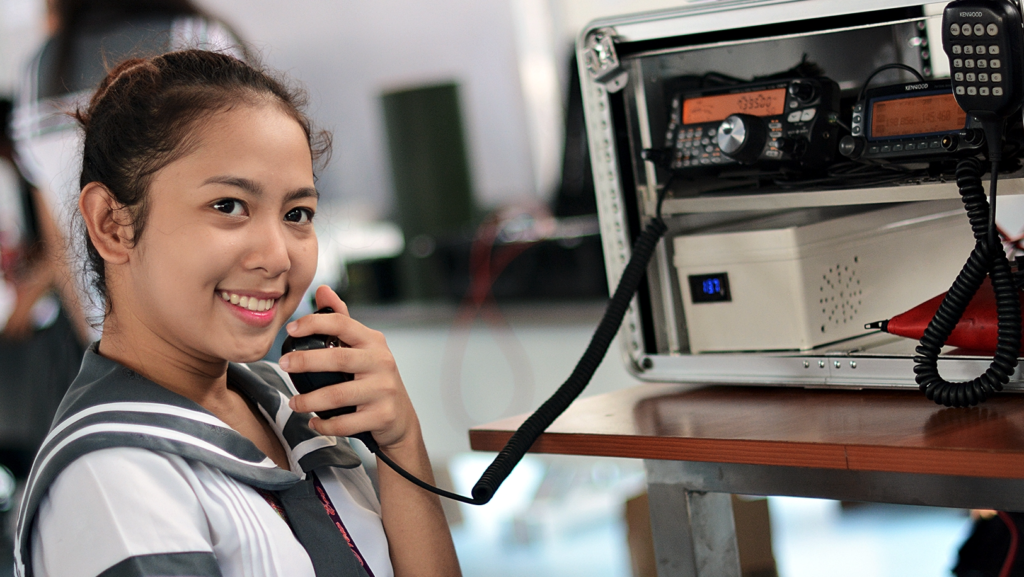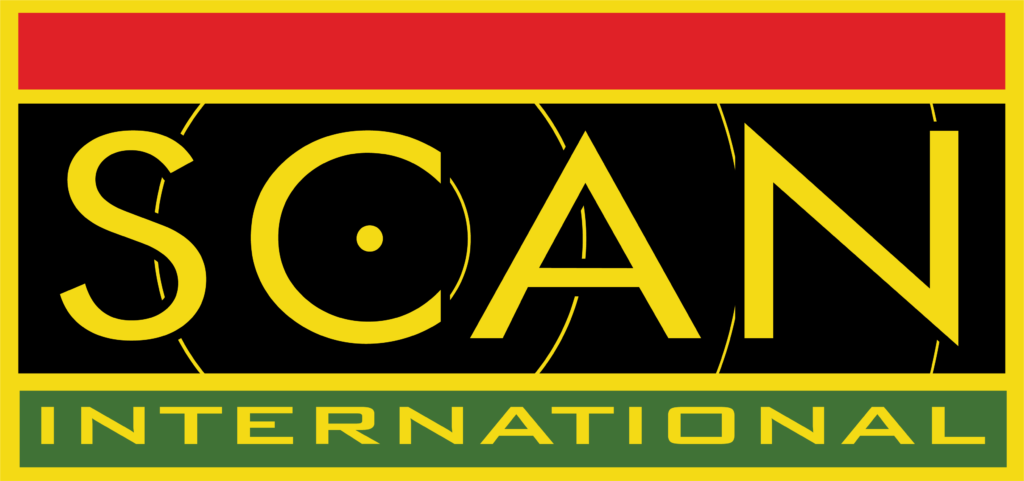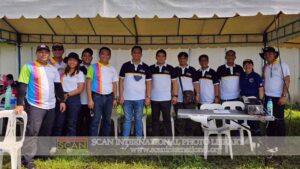Introduction to Proper Two-way Radio Communication Protocol | QSO

Conversation on the air with amateur radio is called a ham radio contact of other stations. It is also called ham radio communication, exchanging relevant and beneficial information via amateur radio airwaves. In the amateur world, it is coded using the Q-Code QSO.
During QSO, amateur radio operators always ponder the proper protocol or etiquette when they initiate a conversation. Before you press the radio's Push-To-Talk (PTT) button, you should just ask whether you observe the proper protocol.
With the growth of amateur radio, especially today, through cellphone applications like Echolink, Droidstar, Peanut, etc. Airwaves conversation and amateur voice-over-internet protocol (VOIP) communications cover highly diverse cultures. In the Philippines alone, there are more than 180 ethnolinguistic groups. In addition to these, there are other cultures and sub-cultures worldwide. All of these are within reach of the current development of the amateur radio world. An acceptable conversation with others may not be customary in some groups. Hence, we need to be sensible of what we will say “on the air”; think before we air and be understanding. Therefore, it is proper to observe the following:
- Be friendly and respectful all the time. Good manners and right conduct are always of the essence.
- Build friendships and gain friends, not enemies.
- Always aim for every conversation on the air to be a good experience for others.
- Speak calmly, clearly, and concisely, so it will be easily understood, especially since the information you share will benefit other listeners.
- In spelling out words or your call sign, use the phonetics alphabet, like Alpha, Bravo, Charlie, etc.
- Identify yourself always, especially during long conversations. Make it a habit to mention your call sign every ten minutes.
- Ham Radio is a hobby and is not intended for business communications.
- Find a reason for yourselves if you cannot easily break into an ongoing conversation. Remember that perhaps the station you hear experiences heavy splatters, or maybe using a directional antenna, and it’s not pointing in your direction. There are so many possible reasons, so you have to be patient.
- To those with a strong radio set-up, always maintain a 3 to 5 seconds gap to give a chance to other stations to break.
- Never overpower other stations, especially those who work with portable radios.
- Avoid unusable conversation, especially the so-called nowadays “marites!”
- Never fabricate sensitive stories; be a good listener if you have nothing to say.
- Some modulators are in rural or remote areas that are not used to urban lifestyles and have stories they want to share. Let us listen to them. They might be stressed out and want to ventilate.
In conclusion, we encourage everyone to enjoy amateur radio as a hobby. Reach out to people's lives regardless of individual differences and cultural diversity barriers. At the height of a highly diverse culture and wherever we are, regardless of our social status, we must observe the proper communication protocol or ham radio etiquette in all modes of conversation.
Let us also encourage more people willing to help disseminate helpful information during calamities and emergencies using amateur radio. Let us remember that despite the advances in communications that make us attuned to the changing times, we need to continue to be even more effective ham radio operators today and in the future.
Always remember that ham radio operators during emergencies and calamities will remain significant. In emergencies like strong typhoons and the like, ham radio will remain the most reliable and enduring tool for communication because it is not dependent on the infrastructure of telecommunication companies. Saving lives is our priority.
Let’s enjoy the hobby--Ham Radio. 73!


